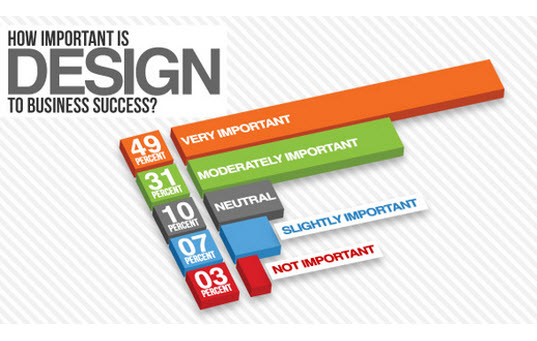Join Us As We Start A Journey Via Time, Exploring The Advancement Of Website Design And How It Has Actually Impacted The Electronic Landscape
Join Us As We Start A Journey Via Time, Exploring The Advancement Of Website Design And How It Has Actually Impacted The Electronic Landscape
Blog Article
Short Article Created By-Johansen Singer
In the past, websites were basic and concentrated on info. Navigation was straight, and layout was for desktops. Now, individual experience is key. Information overviews layouts for easy navigating. https://www.designerwomen.co.uk/digital-marketing-spending-market-scope-size-and-forecast-facebook-microsoft-alibaba/ suit various gadgets. Today, dark setting decreases stress, and minimal menus improve navigation. Interactive functions involve users, and strong visuals attract attention. AI combination enhances engagement. See exactly how layout has progressed to boost your on-line trip.
Early Days of Website Design
In the very early days of web design, simpleness preponderated. Web sites were fundamental, with minimal shades, fonts, and layouts. The emphasis was on providing details instead of flashy visuals. Individuals accessed the web through slow dial-up connections, so speed and functionality were vital.
Navigation menus were straightforward, commonly situated on top or side of the web page. Internet sites were created for home computer, as mobile browsing had not been yet common. Web content was king, and designers prioritized simple readability over complex style aspects.
HTML was the primary coding language used, and developers had to work within its constraints. Animations and interactive features were marginal compared to today's standards. Web sites were fixed, with little vibrant material or personalized user experiences.
Increase of User-Focused Layout
With the development of internet site style, a shift in the direction of user-focused style concepts has come to be progressively noticeable. Today, developing websites that focus on customer experience is crucial for engaging site visitors and attaining service goals. User-focused layout entails understanding the demands, choices, and behaviors of your target audience to customize the internet site's layout, web content, and features appropriately.
Designers now carry out detailed research, such as customer surveys and usability screening, to collect understandings and responses directly from users. This data-driven technique helps in creating intuitive navigation, clear calls-to-action, and visually attractive user interfaces that resonate with site visitors. By putting the user at the center of the design procedure, internet sites can supply a much more personalized and satisfying experience.
Receptive layout has also become an essential aspect of user-focused layout, ensuring that internet sites are optimized for numerous gadgets and screen sizes. This adaptability enhances availability and use, accommodating the varied methods individuals connect with websites today. Fundamentally, the rise of user-focused style signifies a shift towards developing electronic experiences that focus on the requirements and expectations of completion user.
Modern Trends in Website Design
Check out the latest patterns shaping web design today. One famous fad is dark setting layout, providing a sleek and modern-day look while reducing eye stress in low-light environments. One more vital pattern is minimalist navigation, streamlining food selections and boosting user experience by focusing on essential elements. Integrating micro-interactions, such as animated switches or scrolling impacts, can produce a more engaging and interactive internet site. Receptive layout continues to be essential, ensuring smooth customer experiences throughout numerous tools. Furthermore, utilizing bold typography and unbalanced designs can add aesthetic interest and draw attention to specific web content.
Incorporating AI modern technology, like chatbots for customer support or customized recommendations, improves customer engagement and streamlines processes. Availability has additionally become a significant pattern, with designers prioritizing comprehensive layout practices to accommodate diverse customer requirements. Accepting sustainability by maximizing internet site performance for rate and efficiency is another emerging fad in website design. Working together with user responses and data analytics to repeat and boost design constantly is vital for staying appropriate in the ever-evolving digital landscape. By accepting these modern patterns, you can create a visually attractive, easy to use site that reverberates with your target market.
google my business complete your business profile
As you review the evolution of site layout from the very early days to now, you can see just how user-focused layout has ended up being the driving force behind modern trends.
Accept the journey of modification and adaptation in web design, always keeping the customer experience at the forefront.
Stay current with the most up to date patterns and technologies, and never quit advancing your approach to develop visually magnificent and easy to use internet sites.
Advance, adjust, and develop - the future of web design remains in your hands.
